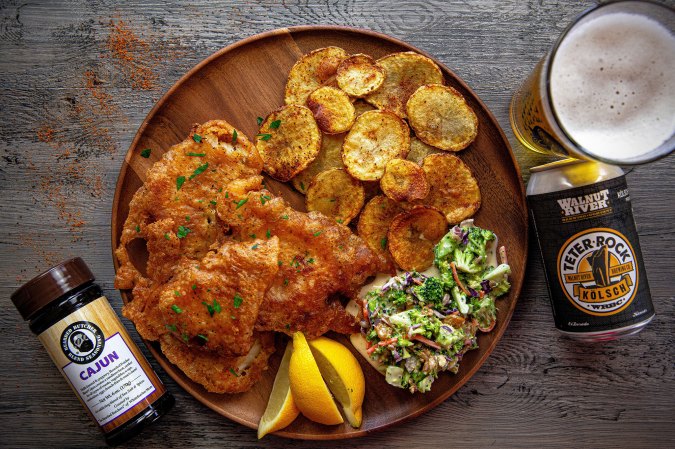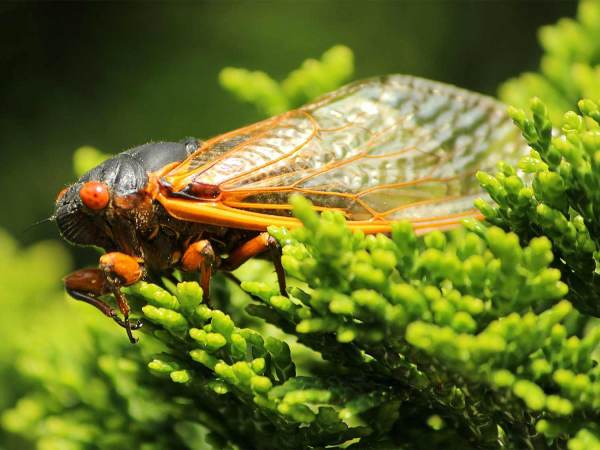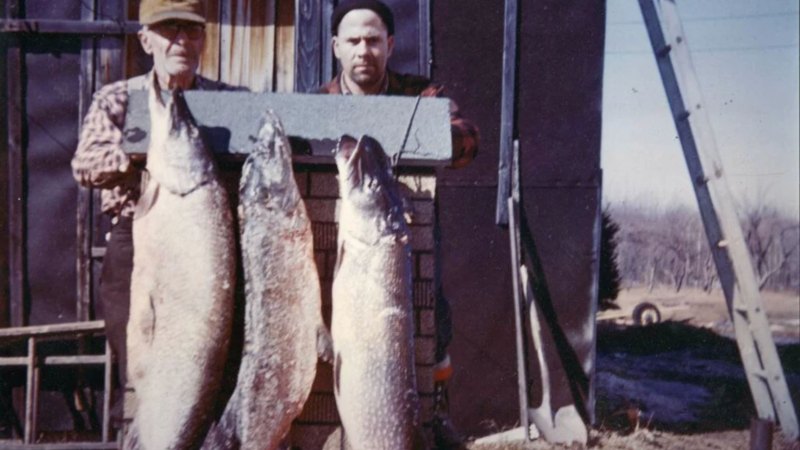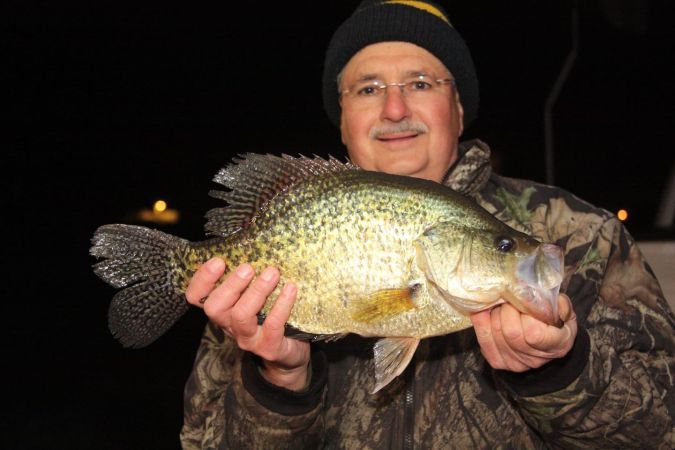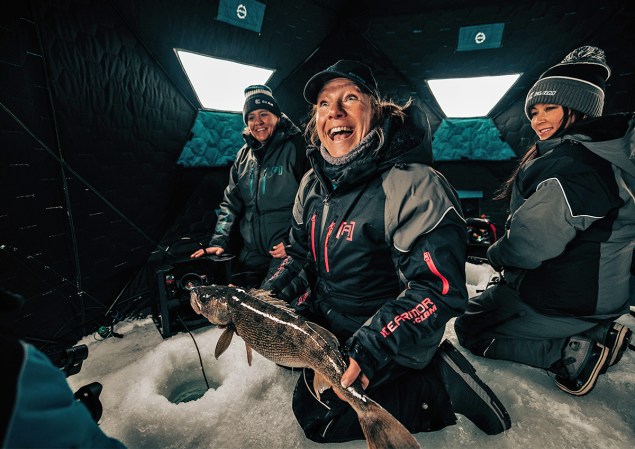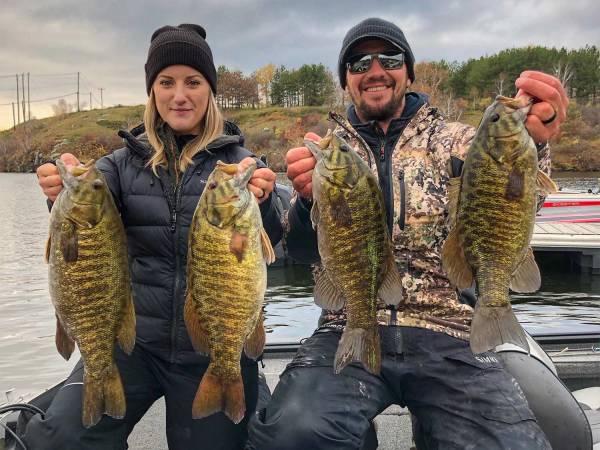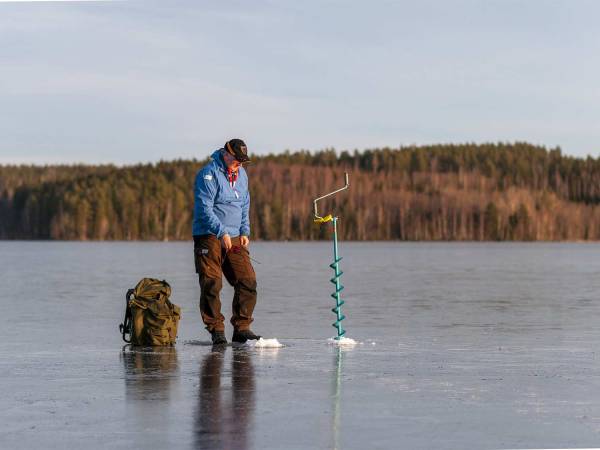While Native Americans along the Missouri River relied more on hunting and farming, beyond the Continental Divide diverse tribes from the high country along the Salmon and Snake rivers all the way to the Pacific supported themselves largely by harvesting salmon and steelhead. Catches of sturgeon and eulachon, or candlefish, along the coast supplemented their diet as well.
The Mountain Shoshone of the upper Snake and Salmon river country were exceptional fishermen. In the Lemhi River and the Pahsimeroi River (a tributary of the Salmon), the Shoshone set tree-limb weirs of varying shapes to trap fish. They also employed “branching,” a technique in which women and older children beat and churned the water with tree branches to drive fish into long conical trap baskets set midriver.
Harpooning was done in the pools of deeper rivers such as the Salmon, below its junction with the Lemhi. Harpoons varied in design from simple sharpened sticks to long spears with sharpened points of bone and stone.
Along the Columbia, Chinook and Clatsop tribes collected salmon during their fall spawn runs. The salmon were split and dried on scaffolding, which was disassembled and stored once the fish runs had ended.
In his journal, William Clark described a salmon meal specially prepared for him on the Columbia: “One man split a pine log into Small pieces and lay’d it open on the fire on which he put round Stones. A woman handed him a basket of water and a large salmon about half Dried. When the Stones were hot he put them into the basket of water with the fish which was soon sufficiently boiled for use. It was then taken out, put on a platter of rushes neetly made and set before me…. The boiled fish was delicious.” –Jerry Gibbs
For more information on the Lewis & Clark Adventure, go to www.outdoorlife.com.

